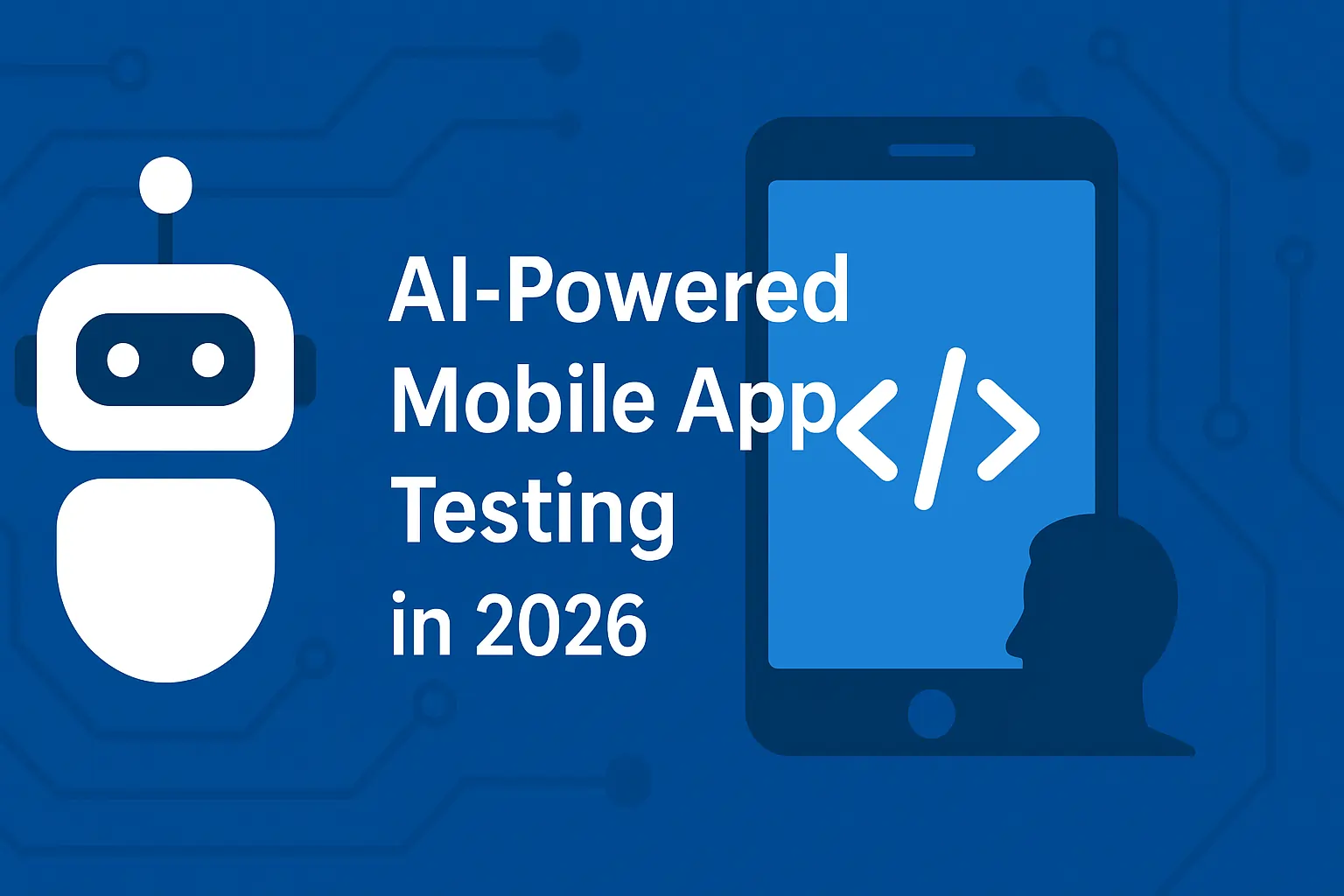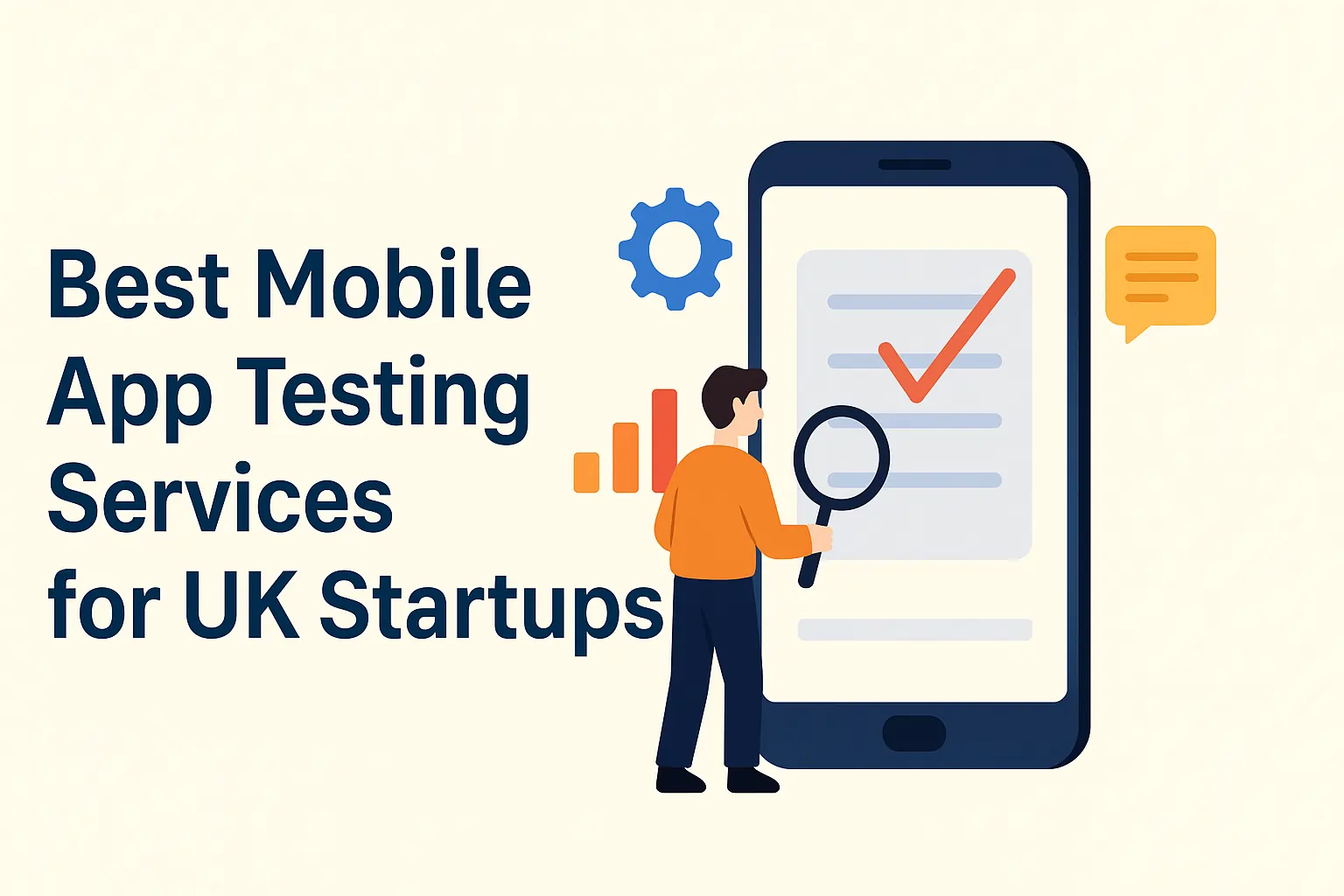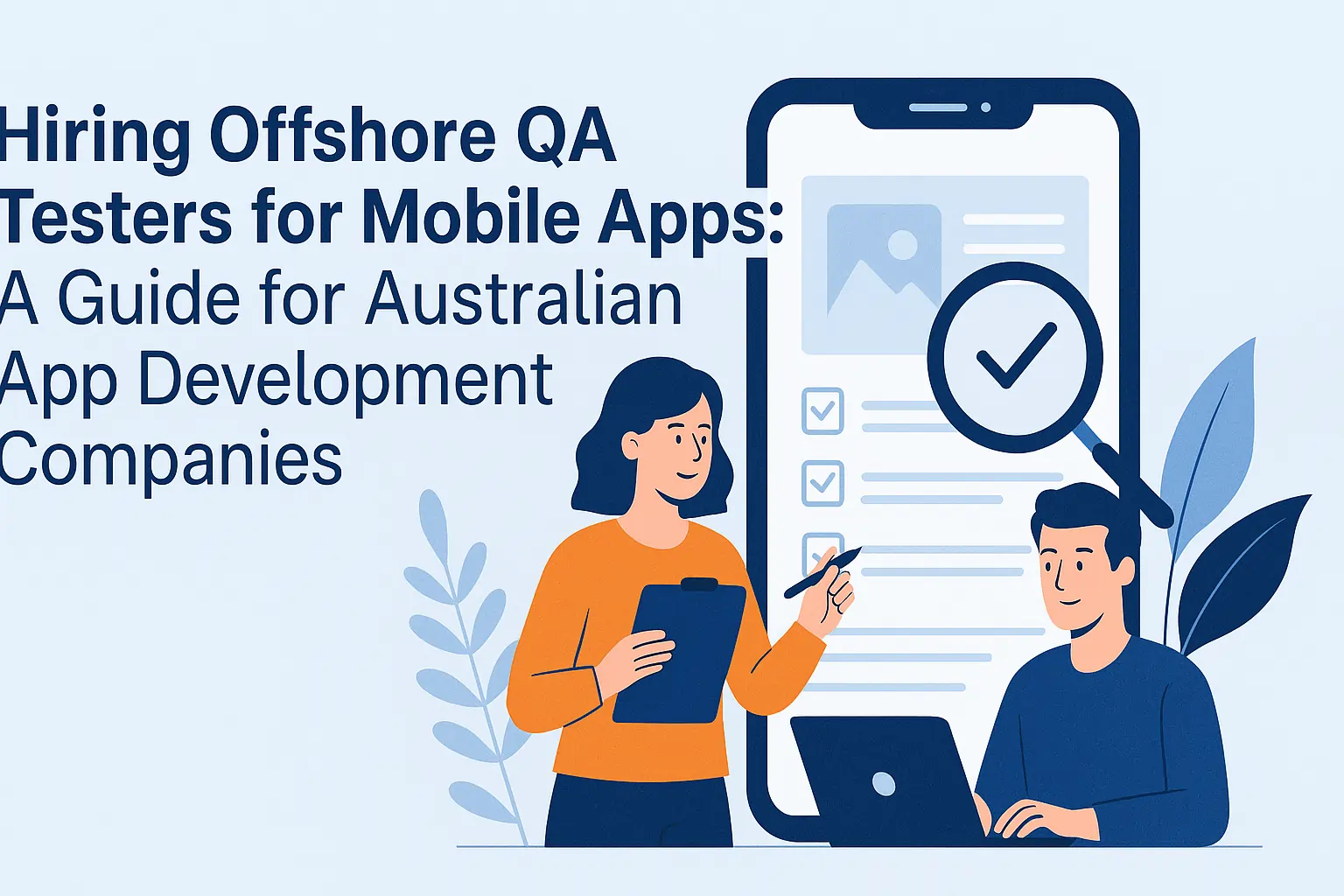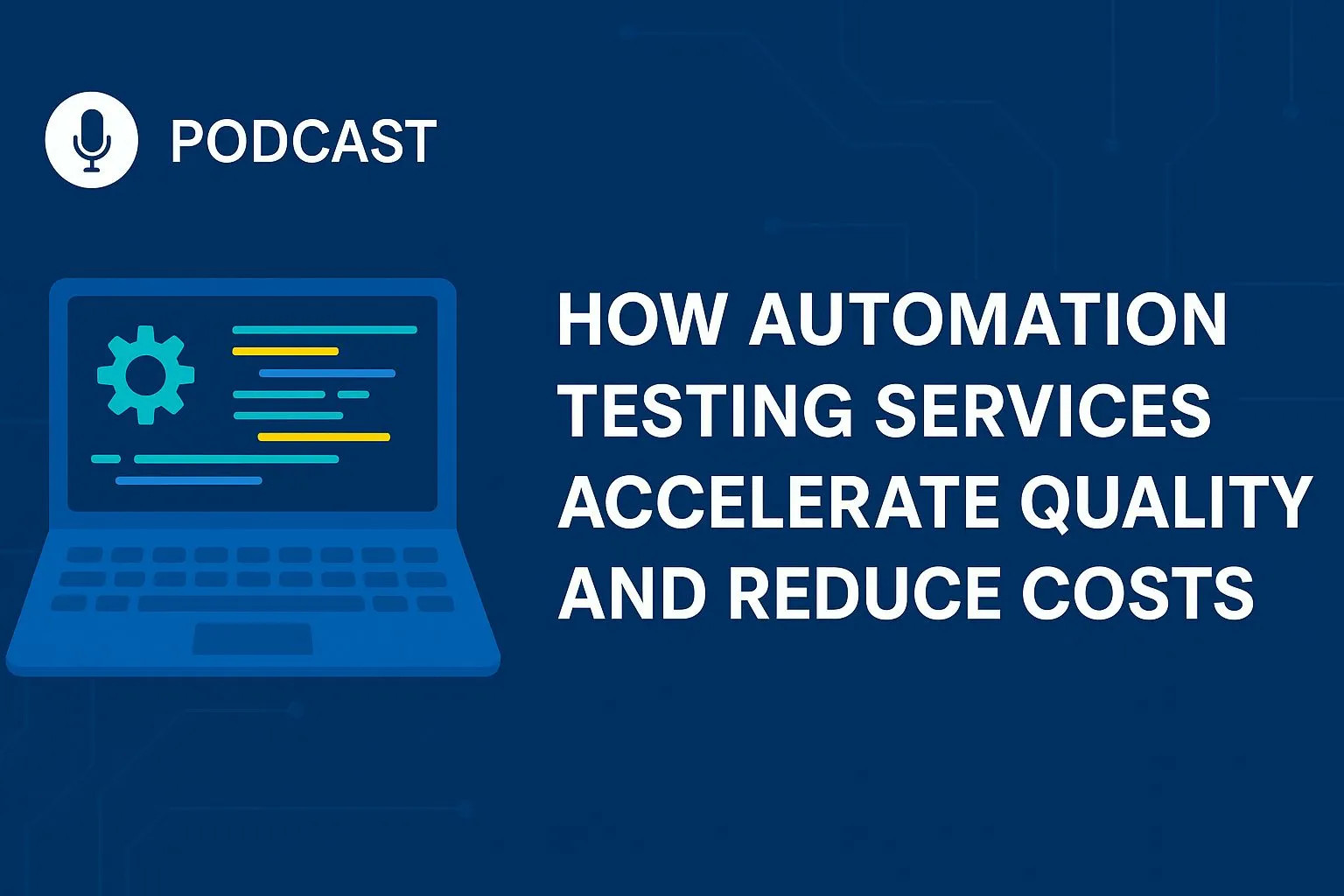How to Create a QA Strategy for Your Mobile App From Scratch — iOS & Android Testing Guide
If you’re launching a mobile app in today’s crowded market, one thing is crystal clear: users won’t tolerate bugs. A crash, a lag, or a glitch can ruin your reputation — fast.
That’s why companies that succeed prioritize their mobile app testing strategy early. Whether you’re building for iOS, Android, or both, this guide will show you how to create a rock-solid QA strategy for your mobile app from scratch — no fluff, just real tactics.
This article is perfect for:
✅ Startups launching MVPs
✅ Enterprises scaling complex apps
✅ Teams seeking expert iOS and Android app testing services
Step 1: Define What “Quality” Means for Your App
Before you even start writing test cases, get crystal clear on your QA goals.
Ask:
- What kind of user experience are we targeting?
- What are the most mission-critical features?
- What does a “successful release” look like?
🔑 Example: “Zero critical crashes on top 20 Android and iOS devices within the first 30 days.”
This step is key for building a QA framework that scales with your product.
Step 2: Identify Your Testing Requirements
A proper mobile QA strategy accounts for:
- OS compatibility (iOS & Android)
- Device fragmentation (flagships vs. mid-range phones)
- Screen size, resolution, and hardware differences
- Network conditions (3G, 4G, 5G, WiFi)
- Real-world interruptions (calls, low battery, notifications)
📌 Use tools like BrowserStack and Firebase Test Lab to simulate a wide range of user environments.
Step 3: Select Your Testing Types
A strong mobile app testing service includes multiple test layers. Here’s what to include:
| Test Type | Use It For |
|---|---|
| Functional Testing | Checking that each feature behaves as expected |
| UI/UX Testing | Ensuring intuitive navigation & polished user interfaces |
| Performance Testing | Handling load, memory, and real-time stress |
| Security Testing | Safeguarding data & preventing leaks |
| Compatibility Testing | Working smoothly across devices & OS versions |
| Regression Testing | Ensuring updates don’t break old features |
💡 Whether you’re a product manager or CTO, these are must-have QA layers.
Step 4: Manual vs. Automated Testing
Manual testing is great for exploratory and usability testing.
Automated testing speeds up repetitive workflows and boosts regression accuracy.
🧠 Combine both:
- Automate common flows (login, checkout)
- Use manual QA for device-specific edge cases
Top Tools:
- Appium, XCUITest for iOS
- Espresso, UI Automator for Android
- TestRail, Jira, Allure for test case management
Looking to automate? We’re an Android and iOS app testing company that builds tailored automation frameworks.
Step 5: Integrate QA into CI/CD
For the best ROI, embed your QA process inside your CI/CD pipeline. That means tests run automatically with every code push.
Use:
- Jenkins, GitHub Actions, or CircleCI
- Automated test reports and bug alerts via Slack or email
- Immediate feedback loops for dev teams
This turns QA into a proactive engine, not a post-launch afterthought.
Step 6: Monitor, Measure, Improve
Don’t “set it and forget it.” A winning mobile QA strategy is iterative.
Key metrics:
- Bug-to-fix ratio
- Crash-free sessions (%)
- Test coverage depth
- Customer-reported issues
Use this data to evolve your test cases and make informed dev decisions.
Why Our Mobile App Testing Services Work
We provide mobile app testing services that go beyond bug-hunting. We help you build trust, retain users, and scale confidently.
- 🔍 Real device testing for iOS & Android
- 🤖 Custom test automation solutions
- 📈 QA strategy design from scratch
- 📱 Specialising in iOS app testing services and Android app testing services
Whether you’re launching a game, a fintech app, or a lifestyle platform, we’ve got your back.
Need Help Building Your QA Strategy?
Let’s build a bulletproof testing plan together.
👉 Contact us today to hire expert mobile app testers and create a QA strategy that scales with your app.











